Facts About the Armistice That Put an End to World War I
At 11:00 AM on November 11, 1918, the Armistice that put an end to the fighting of World War I came into effect. After over four years of relentless combat throughout Europe, the Middle East and other regions of the globe, the largest conflict the world had ever seen had ceased. While it would take until the following year for peace agreements to be decided upon, the Armistice would forever go down in history, and the following are some facts you might not have known about it.
The Armistice was agreed upon six hours before coming into effect
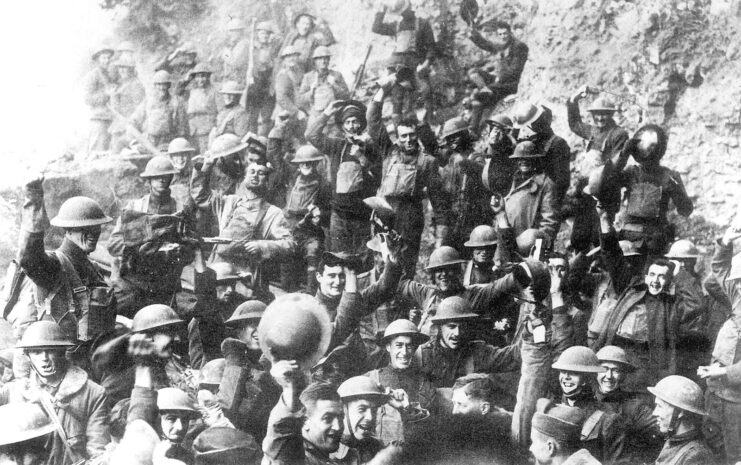
While everyone knows that the Armistice between Germany and the Entente came into effect at 11:00 AM on November 11, 1918, the document had actually been signed several hours prior.
Following Kaiser Wilhelm II‘s abdication on November 9, Germany’s new government was advised to sign the Armistice, which officials did two days later, at 5:00 AM. Supreme Allied Commander Marshal Ferdinand Foch then informed military leaders on the Western Front that fighting would cease at an hour to noon that morning.
Germany had already been considering an Armistice
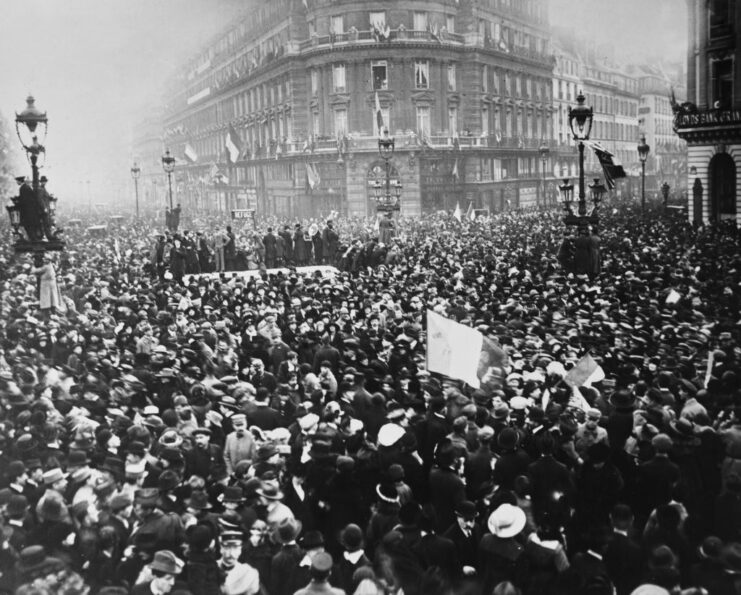
About a month prior to the Armistice being signed, German military and government officials were beginning to consider one, as the country was only continuing to suffer heavy personnel and equipment losses on the Western Front. Its other allies had already signed their own with the Allied powers, meaning Germany had lost much of its international support in the fight.
The plan had initially been to center the Armistice around US President Woodrow Wilson‘s Fourteen Points document, as it was feared Britain and France would instil harsher terms against Germany, but this ultimately failed.
Germany lost a lot of military equipment in its disarmament
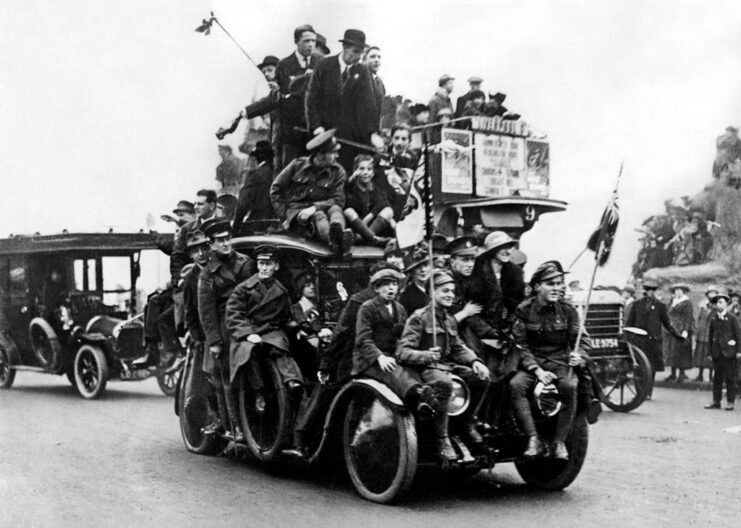
One of the terms the Entente forced upon Germany was the country’s disarmament, which initially worried officials, who feared they’d be unable to protect the new government from revolutionaries. However, the Allies couldn’t be swayed and held firm with this requirement.
Following its surrender, Germany turned over approximately 1,700 aircraft; 5,000 trucks; 25,000 machine guns; 150,000 wagons; 5,000 artillery pieces; and 5,000 locomotives.
Extending the Armistice – three times!
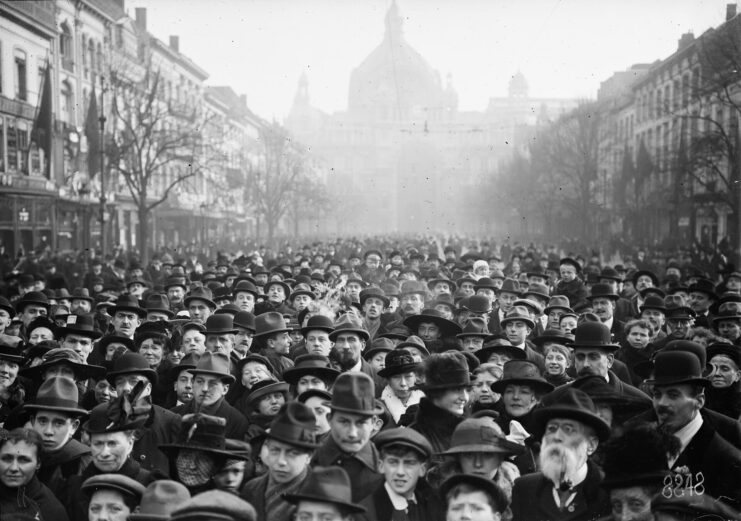
While the Armistice was signed on November 11, 1918, an actual peace agreement – the Treaty of Versailles – wasn’t agreed upon until the following year. This meant the Armistice had to be extended three times, while government officials hashed out what it would entail.
Compiègne Wagon
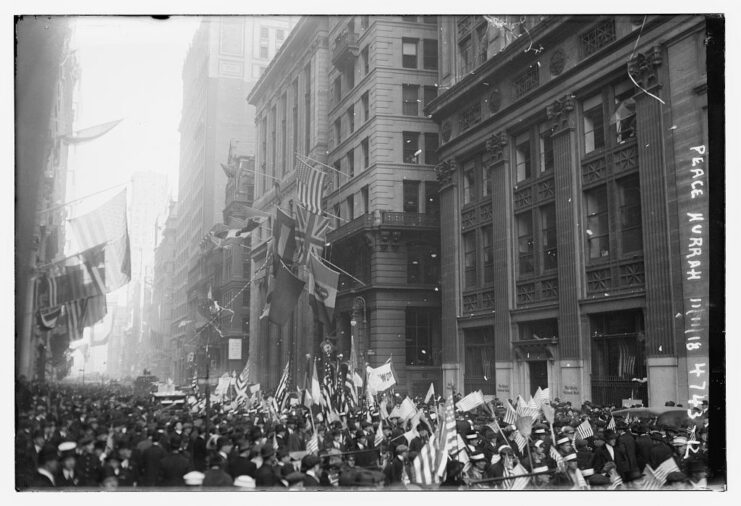
The Armistice was signed aboard the Compiègne Wagon, a railcar named for the Forest of Compiègne, where it was parked at the time. Just a few weeks prior, it had been commandeered by the Allies and transformed into a mobile office for Ferdinand Foch.
While best known for being the site of World War I‘s Armistice, it was also where one was signed during the Second World War. On June 22, 1940, it played host to German and French officials, who agreed to the occupation of northern and western France following the former’s devastating invasion.
Who signed the Armistice?
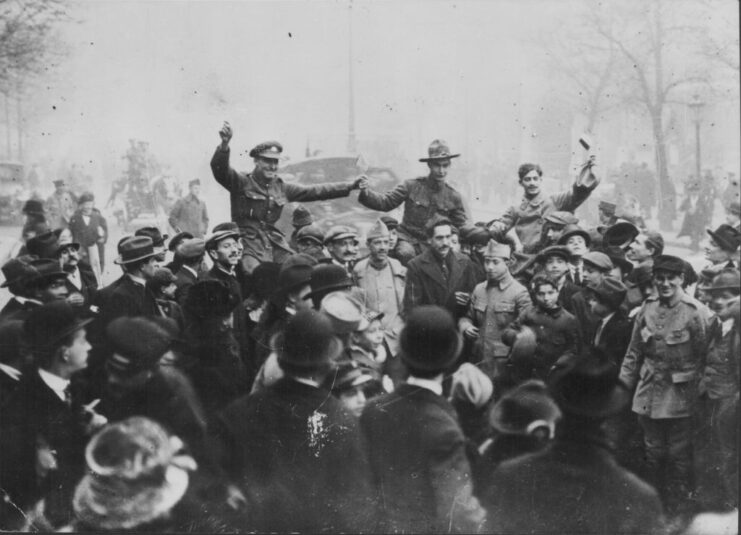
While many delegates were present aboard the Compiègne Wagon, just six signed the official Armistice document.
German side:
- Politician Matthias Erzberger
- Imperial German Army Maj. Gen. Detlof von Winterfeldt
- Count Alfred von Oberndorff of the Foreign Ministry
- Imperial German Navy Capt. Ernst Vanselow
Allied side:
- Supreme Allied Commander Marshal Ferdinand Foch
- First Sea Lord Adm. Rosslyn Wemyss
Henry Gunther was the last soldier to die in World War I
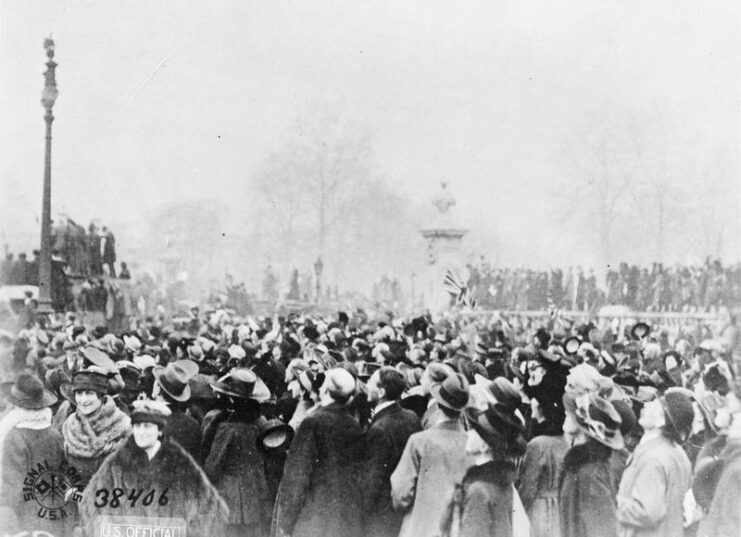
Fighting continued right up until the Armistice went into effect at 11:00 AM on November 11, 1918, which meant that soldiers lost their lives just moments before the fighting stopped. This includes Henry Gunther, who lost his life at 10:59 AM – just one minute before the Western Front went quiet.
Gunther was an American private who’d been demoted from sergeant after trying to warn a friend via letter to avoid the draft. His squad was fighting in Lorraine, France, around the time the Armistice was coming into effect, and he died during an advance on a German machine gun position. According to reports, the German soldiers, aware the war was close to its end, had tried to prevent Gunther from coming any closer, but he kept advancing, firing his weapon once or twice while doing so.
Following his death, Gunther had his rank of sergeant reinstated. He was also awarded the Distinguished Service Cross.
John J. Pershing opposed the signing of the Armistice
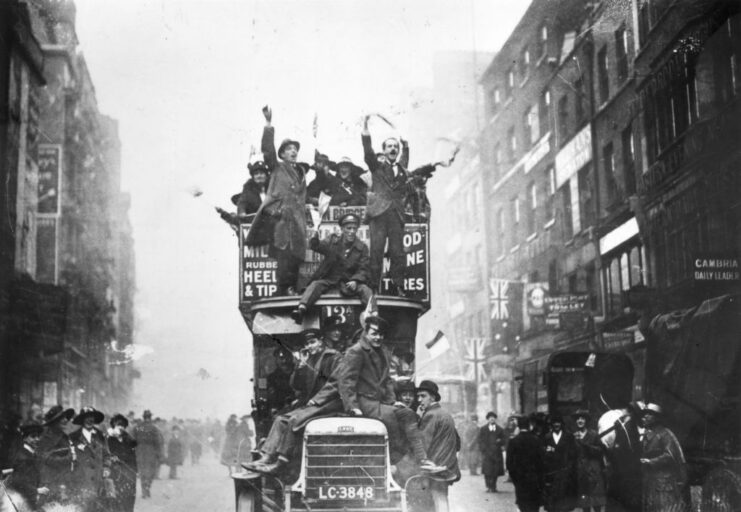
American Gen. John J. Pershing was among those who opposed the signing of an Armistice, as he believed it would be letting Germany off too easy to allow its surrenders before Berlin had been captured. As such, he ordered his troops to keep fighting throughout negotiations and even after it was signed.
Why was there a delay between signing and ceasefire?
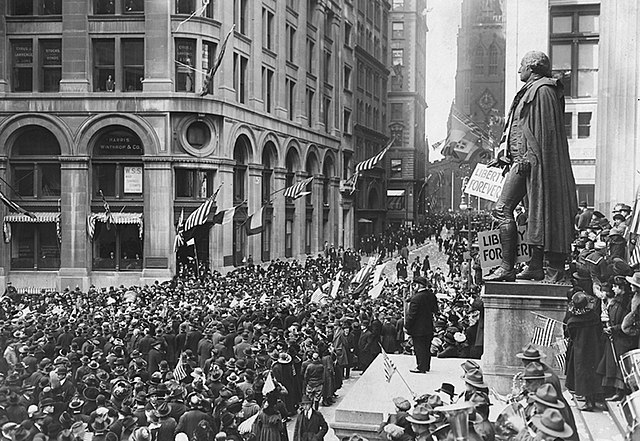
You might be wondering, why was there a six-hour delay between the Armistice being signed and the ceasefire coming into effect? While the practical reason was that it allowed for the message to be transmitted to those fighting on the Western Front, there was also a symbolic, almost poetic, meaning behind having the war stop at 11:00 AM on the 11th day of the 11th month.
How is the Armistice commemorated?
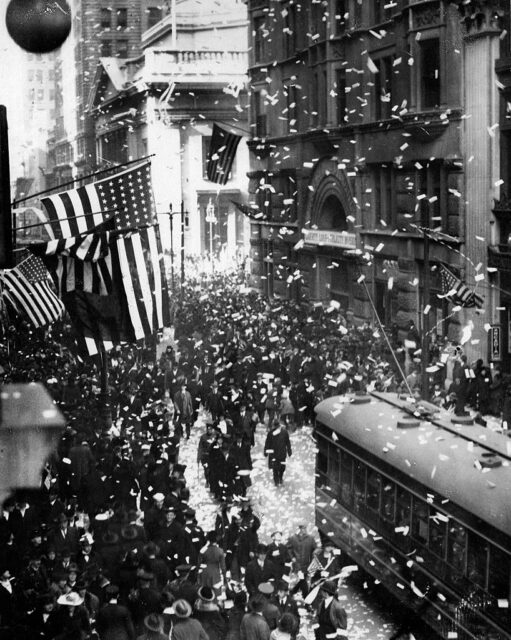
More from us: J.R.R. Tolkien’s Experiences During the Battle of the Somme Influenced ‘The Lord of the Rings’
Want to become a trivia master? Sign up for our War History Fact of the Day newsletter!
The signing of the Armistice continues to be commemorated annually across the world. While it used to be primarily referred to as “Armistice Day,” it’s since become known by other names, as well, such as “Remembrance Day” and “Veterans Day,” so troops who’ve fought across other conflicts can be remembered for their bravery, alongside their World War I-era brethren.
The post Facts About the Armistice That Put an End to World War I appeared first on warhistoryonline.
Facts About the Armistice That Put an End to World War I
Philippines Truth
Post a Comment
0 Comments